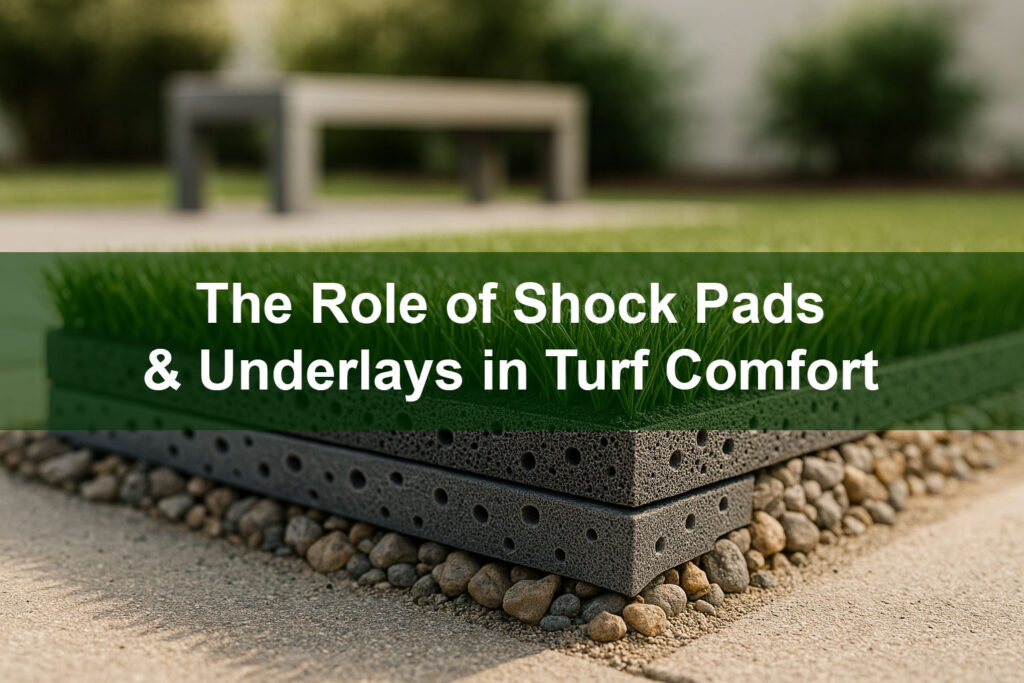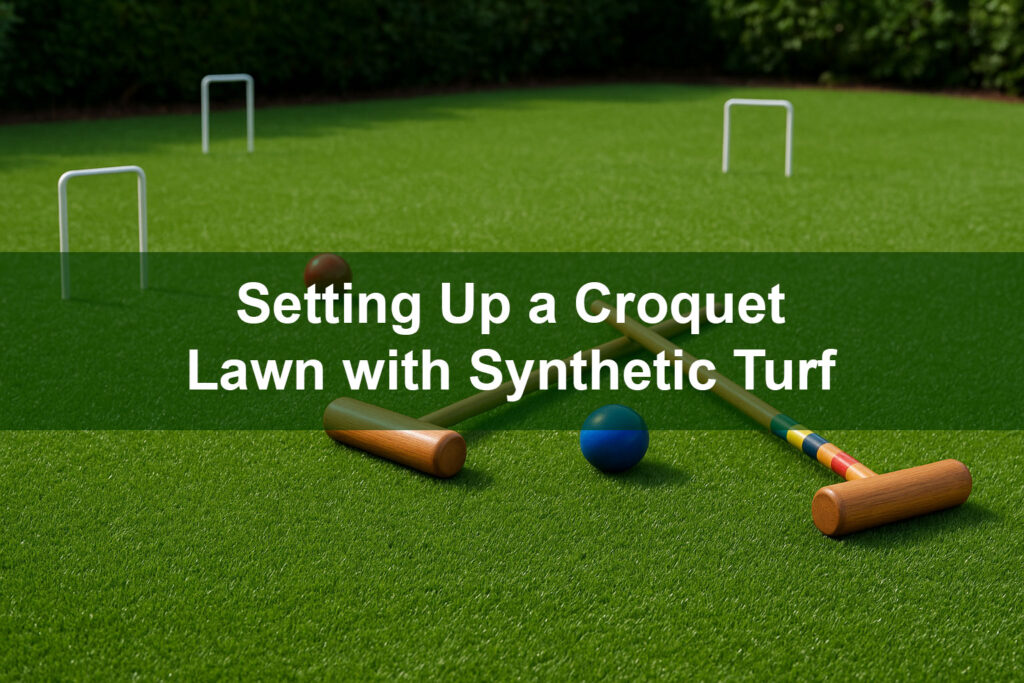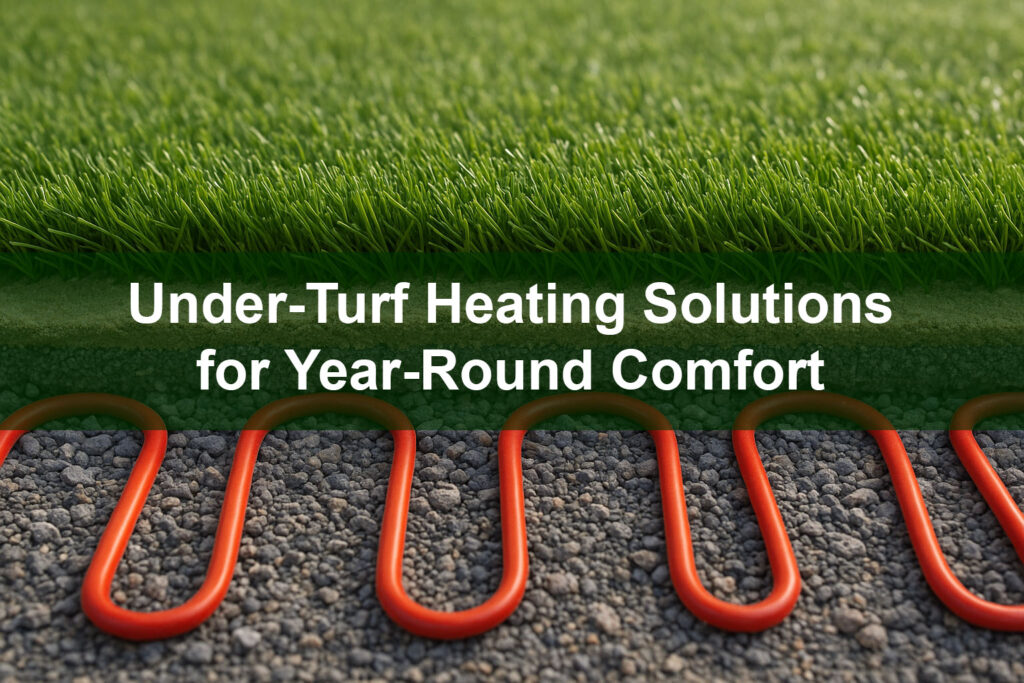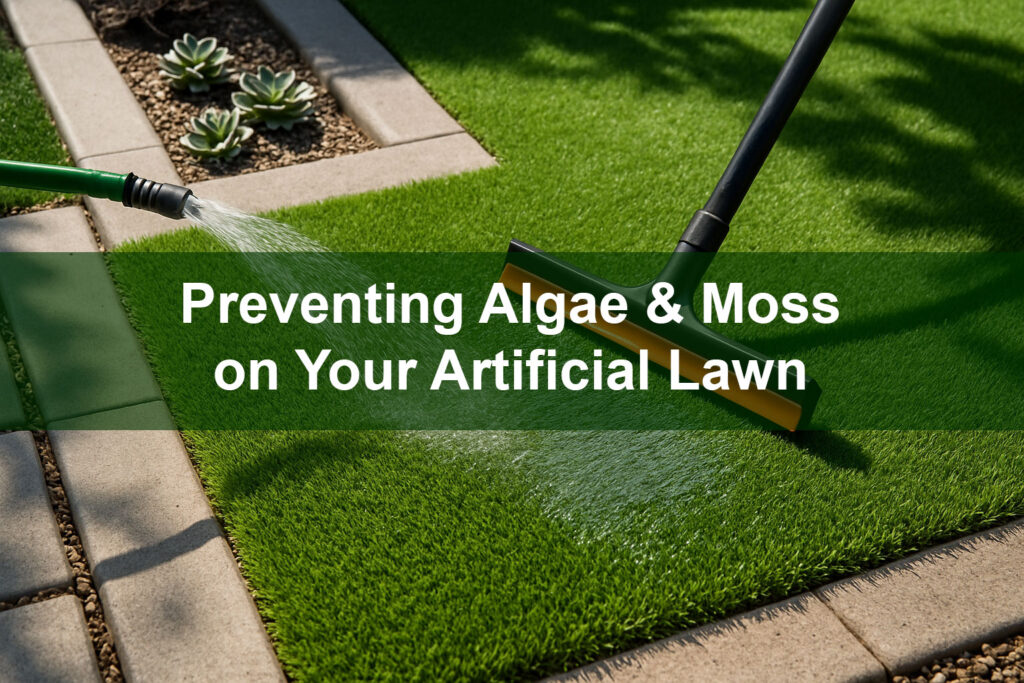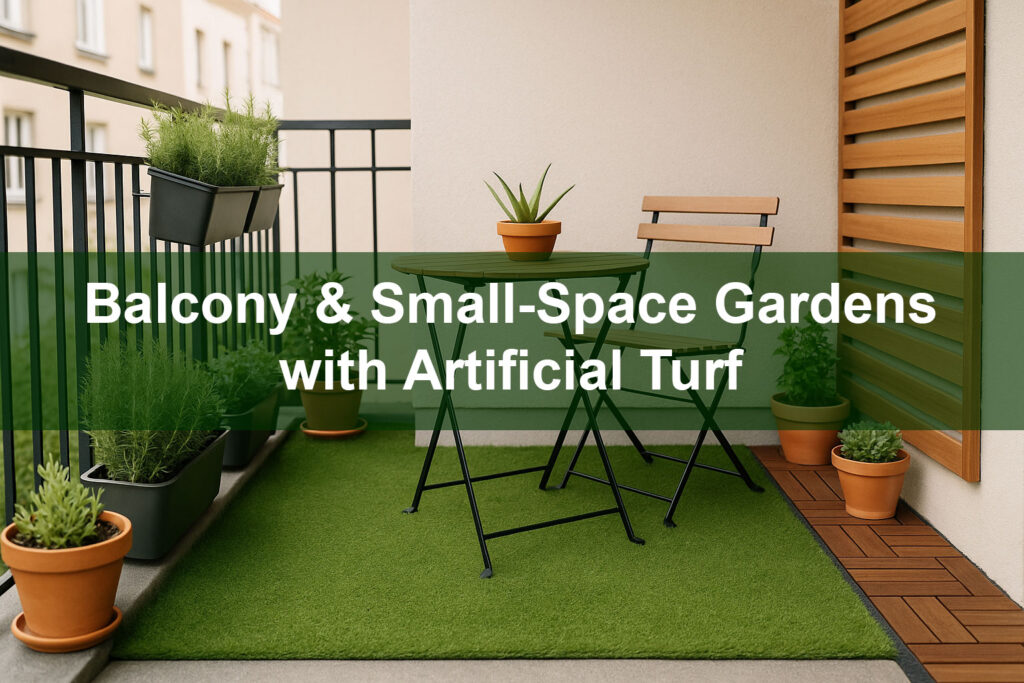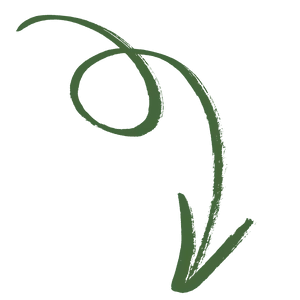Shock pads play a quiet but vital role in modern synthetic turf systems. Whether used in residential lawns, playgrounds, athletic fields, or rooftop terraces, shock pads and underlays improve comfort, reduce impact forces, help manage drainage, and protect the turf and sub-base over time. In this guide we’ll explain what shock pads are, how they work, the different types available, how to select the right underlay for your project, and practical installation and maintenance tips so your turf performs comfortably and reliably for years.
What you’ll learn
- What shock pads and underlays are and how they work
- Benefits: comfort, safety, drainage, and longevity
- Common types of underlays and how they differ
- How to select a shock pad for your application
- Installation best practices and maintenance tips
- Cost considerations and when a shock pad is optional
1. What is a shock pad / underlay?
A shock pad (also called an underlay or cushioning layer) is a compressible material installed between the synthetic turf backing and the sub-base. It’s designed to absorb and distribute impact energy, creating a softer, more forgiving surface underfoot. Depending on the product and application, underlays may be continuous sheets, perforated foams, bonded rubber layers, or modular panels. While a turf surface alone provides some resilience, a properly selected shock pad elevates comfort and safety—especially where people run, play, or land from heights (deck edges, playground structures, etc.).
2. Key benefits of using shock pads
Installing a shock pad yields multiple advantages:
- Improved comfort: Shock pads reduce the perceived hardness of the surface, making walking, standing, and sitting more pleasant—important for patios, terraces, and residential lawns.
- Enhanced safety: By absorbing impact forces, underlays can reduce the risk of injury from falls. This is why many playground and sports installations include a certified shock-attenuating layer.
- Protection for turf and base: The cushioning layer decreases concentrated stress on the turf backing and the aggregate base, which can extend the life of both.
- Better acoustics: A cushioning layer can help reduce footfall noise and echo—useful for rooftops and urban terraces.
- Drainage compatibility: Perforated or modular underlays can help channel water to the sub-surface drainage system, preventing pooling on the turf plane when properly installed.
- Thermal comfort: Some underlays can help moderate surface temperature changes by creating an insulating air layer between the turf and hot substrates (like rooftop membranes).
3. Common types of shock pads & underlays
Manufacturers offer a few common underlay formats. Choosing the right type depends on use case, budget, and performance goals:
- Bonded rubber pads: Made from recycled rubber granules bound together, these pads offer durable impact absorption and are common on athletic surfaces. They are often sold in rolls or sheets.
- Closed-cell foams (EVA, polyethylene): Lightweight and water-resistant, closed-cell foam underlays resist moisture absorption and offer consistent cushioning. They’re available as sheets or interlocking panels and are often used in residential installs.
- Perforated foam or polyurethane: These are flexible sheets with drainage holes that permit water to pass while providing cushioning. Good for rooftop and balcony installations where drainage is critical.
- Modular drainage panels: Rigid or semi-rigid panels that provide a structured void space for water management while offering some shock attenuation. Common under rooftop turf systems and areas requiring controlled drainage.
- No-pad systems: Some modern turf systems rely on dense, engineered infills or shock-absorbing backing technologies and omit a separate pad. These can be appropriate in low-impact, cost-sensitive residential settings.
4. How to choose the right shock pad
Selection should be guided by three core questions: What is the intended use? What are the site constraints? What performance metrics matter most?
- Intended use: Playgrounds and athletic fields prioritize impact attenuation and safety; choose pads designed for certified impact performance. Residential patios or pet areas may prioritize comfort and ease of installation.
- Site constraints: Rooftops and balconies have strict weight and drainage limits—opt for lightweight, perforated foams or modular panels that channel water to drains. Confirm load limits before adding heavy bonded rubber pads or thick concrete toppings.
- Durability and maintenance: If the area will see heavy furniture, planters, or vehicular loads, choose a pad that resists compression set and can handle localized loading without degrading quickly.
- Drainage compatibility: Ensure the pad allows water to pass to the sub-base or has integrated channels. Closed-cell foams that trap water are rarely suitable unless paired with engineered drainage systems.
- Certifications and testing: For safety-critical installations, look for products with lab-tested impact attenuation and relevant certifications from recognized bodies or industry groups.
5. Installation best practices
Careful installation maximizes the pad’s benefits and prevents problems later.
- Prepare a stable sub-base: Whether compacted aggregate or a rigid deck, a flat, well-draining sub-base ensures the pad sits evenly. Address sharp projections or irregularities that could puncture or compress the pad.
- Follow manufacturer guidelines: Adhere to recommended pad thicknesses, seam treatments, and adhesive systems. Some pads require mechanical fastening, while others are loose-laid under the turf.
- Ensure drainage continuity: If using perforated underlays, align drainage channels with the deck’s slope or drain outlets. For modular panels, interlock or tape seams to maintain continuous drainage paths.
- Seaming and edge detailing: Keep seams tight and use edge restraint to prevent lateral movement of both pad and turf. Where turf meets hardscape, use transition strips that protect the turf edge and pad.
- Test and inspect: After installation, check for even compression under load and address any high or low spots. Inspect after the first few heavy uses and annually to ensure performance remains uniform.
6. Maintenance & lifespan
Shock pads are generally low maintenance but benefit from periodic checks:
- Clear debris that can trap moisture against the pad or backing.
- Inspect seams, exposed edges, and areas under heavy planters or furniture for compression or damage.
- For glued systems, check adhesive integrity seasonally—especially in climates with large temperature swings.
- Compressional set is normal over many years; plan for eventual pad replacement if the surface becomes noticeably harder or uneven.
7. Cost considerations & when a pad might be optional
Shock pads add material and labor cost, so weigh benefits against budget and use case:
- When a pad is recommended: Playgrounds, sports surfaces, rooftop terraces, commercial high-traffic areas, and places where comfort and impact attenuation matter.
- When a pad might be optional: Small residential accent areas, temporary installs, or projects where engineered infill/backing systems already provide sufficient cushioning.
- Return on investment: Consider the pad’s contribution to extended turf life and reduced replacement/repair costs; in many commercial installs the pad pays back by protecting the system and reducing liability risks.
8. Resources & further reading
For technical specifications and manufacturer guidance on underlays and safety testing, consult industry resources such as the Synthetic Turf Council. They provide product directories and technical guidance relevant to shock pads and turf systems — Synthetic Turf Council.
Conclusion
Shock pads and underlays are more than an optional comfort upgrade — they’re a performance component that influences turf feel, safety, drainage, and durability. Selecting the right underlay for your application, following installation best-practices, and performing simple maintenance checks will keep your turf comfortable and long-lasting. If comfort, impact attenuation, or rooftop drainage are priorities for your project, a properly chosen shock pad is often the single most effective upgrade you can make.
Need help choosing an underlay? Browse shock pad options and installation guides at Buy-Grass or contact our team for a site assessment — visit Buy-Grass.

